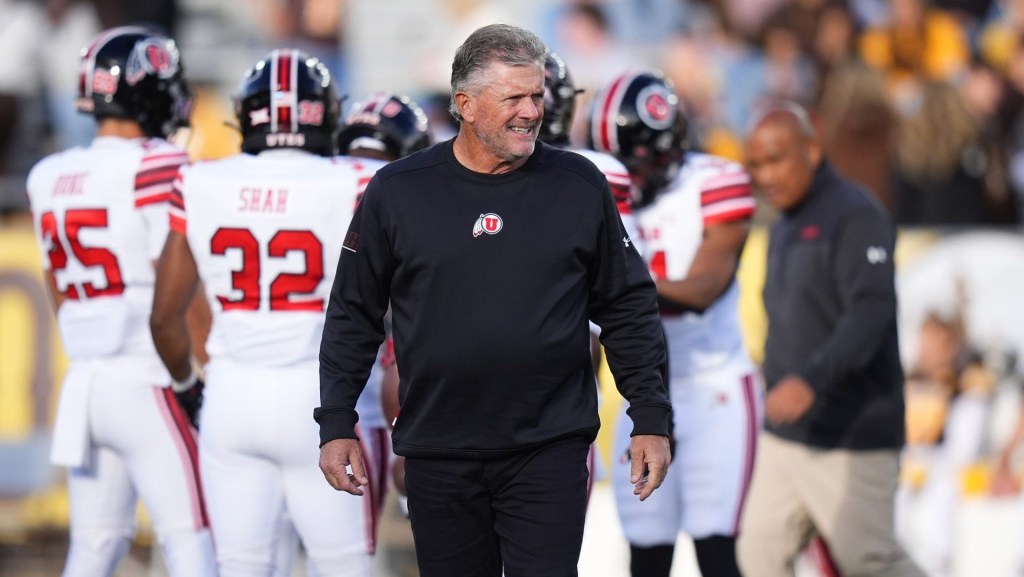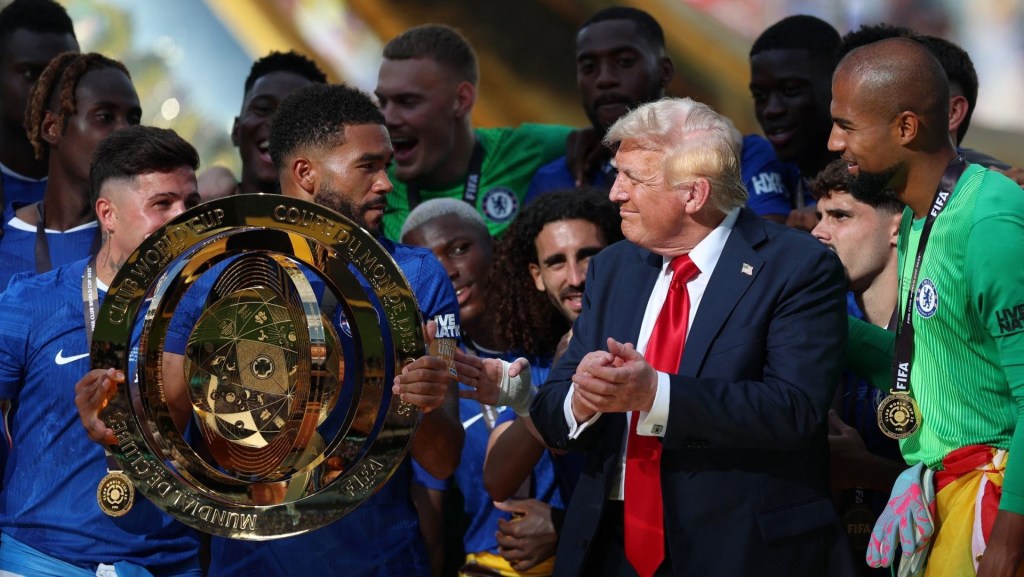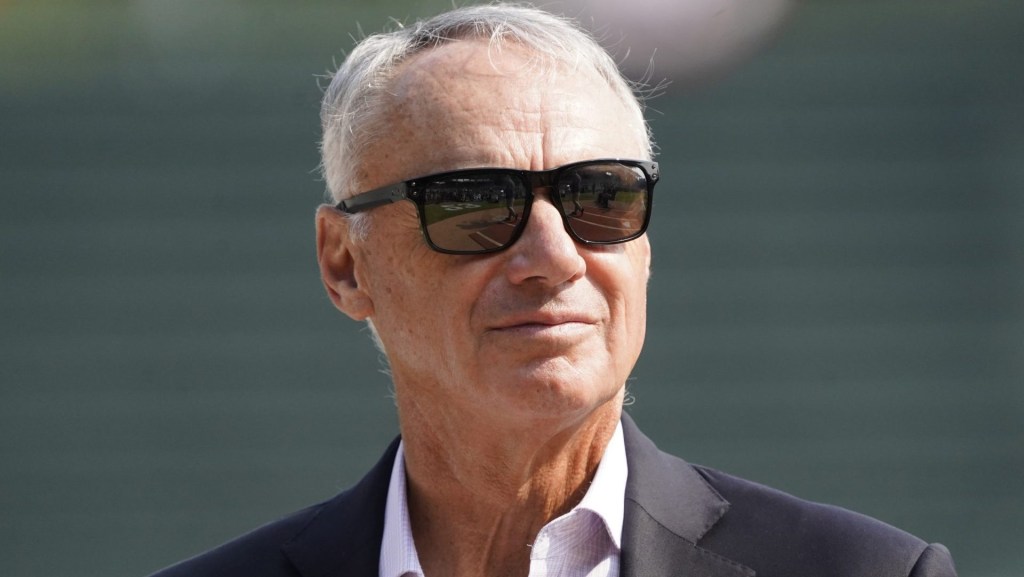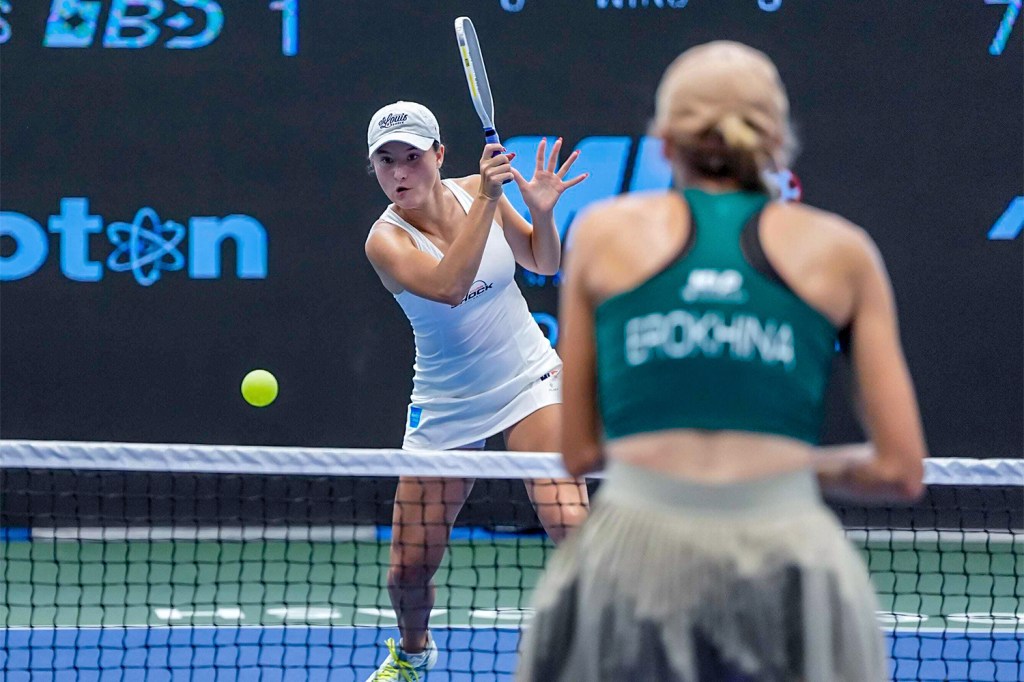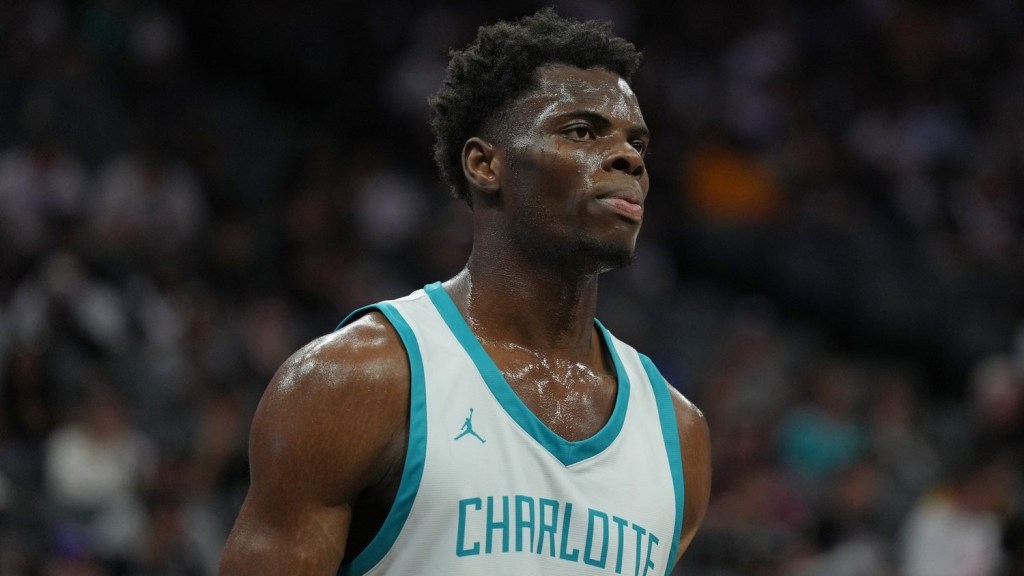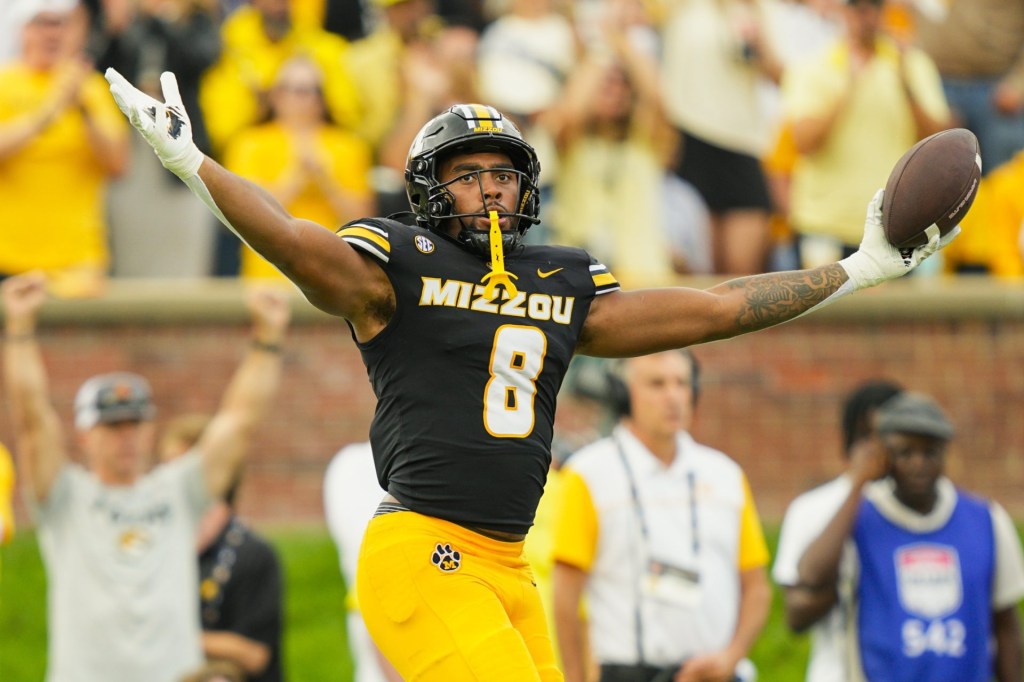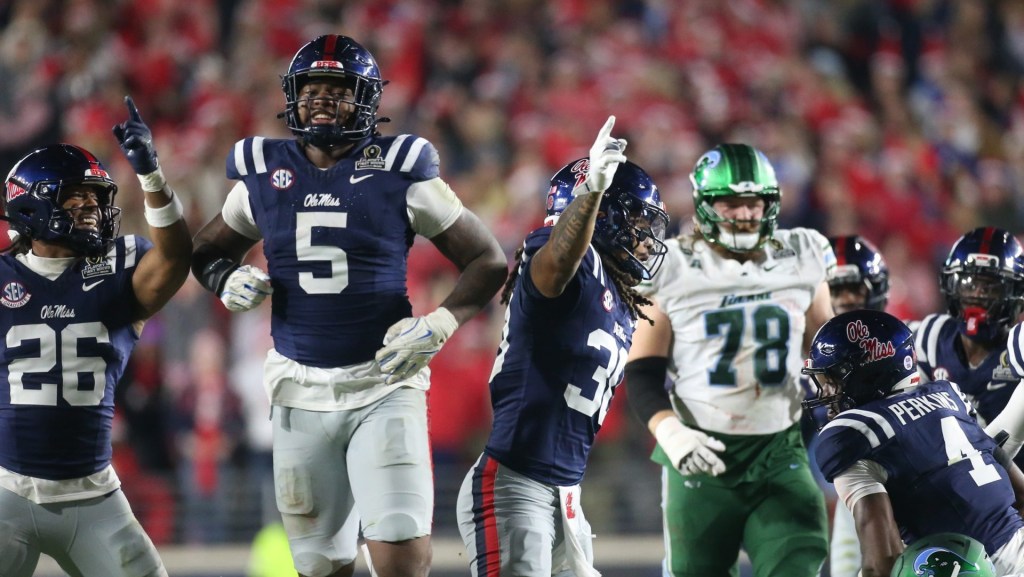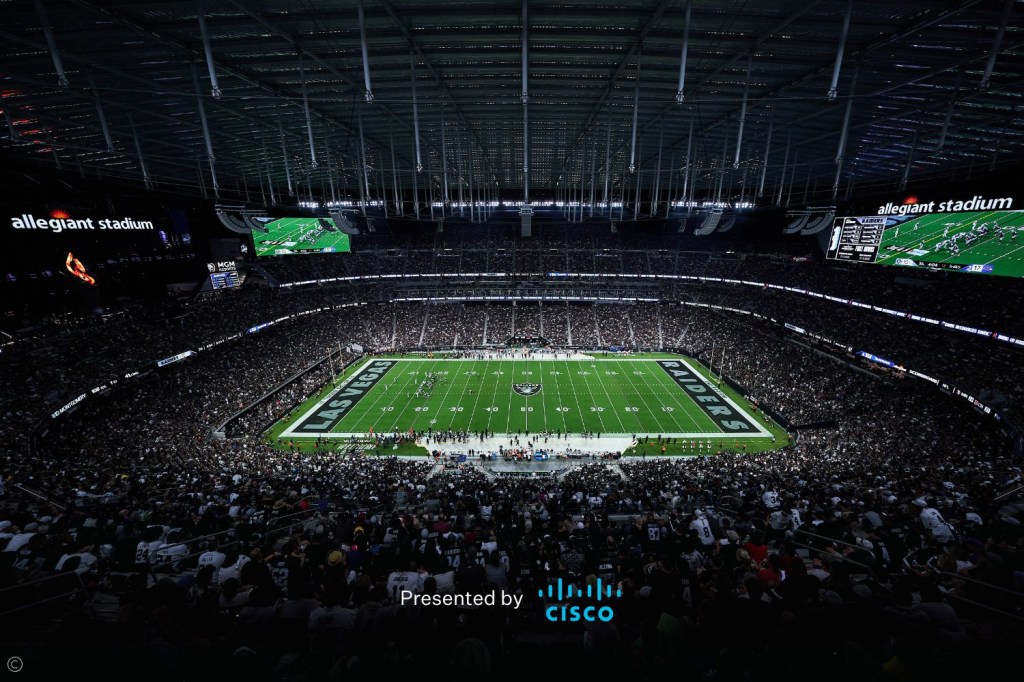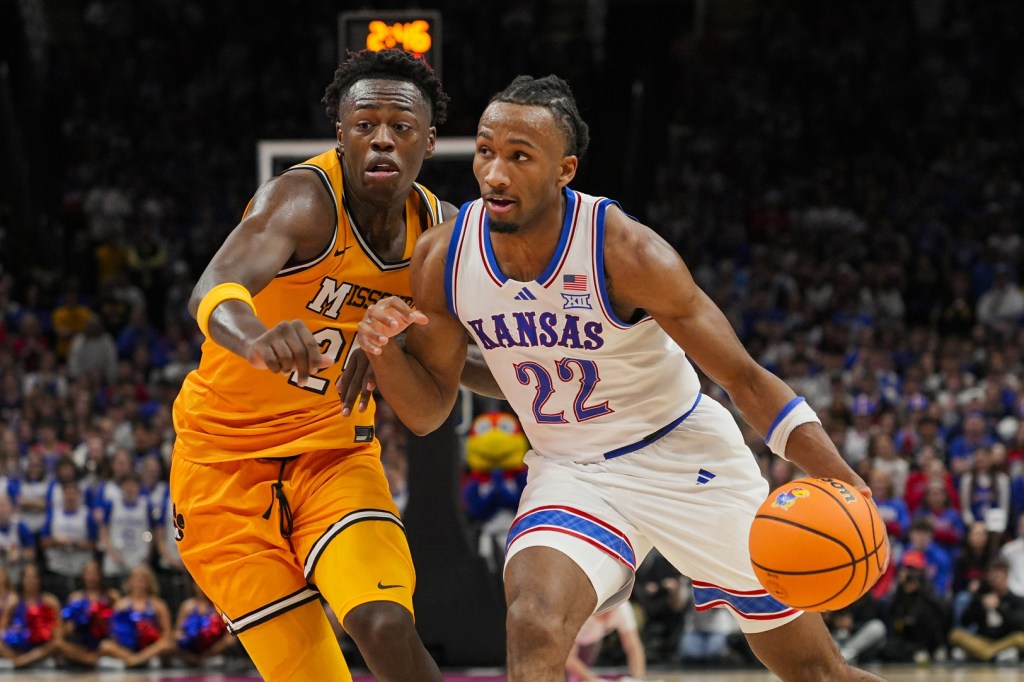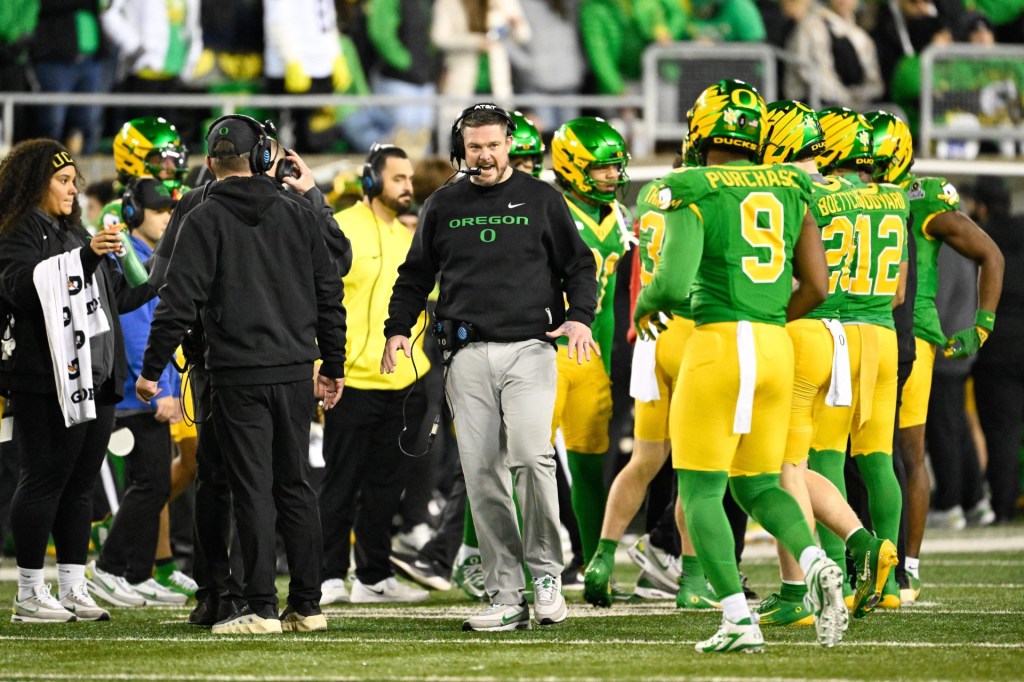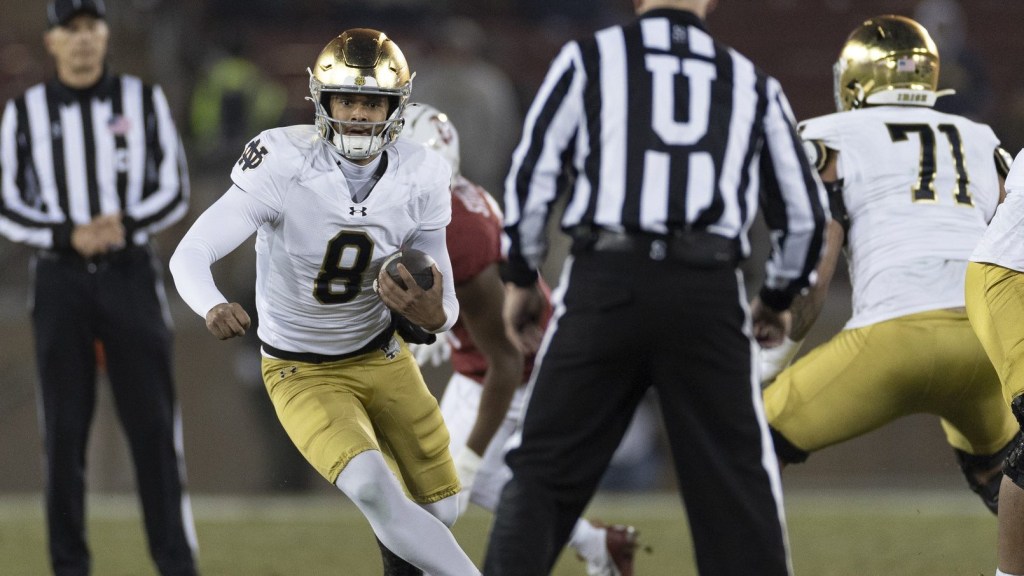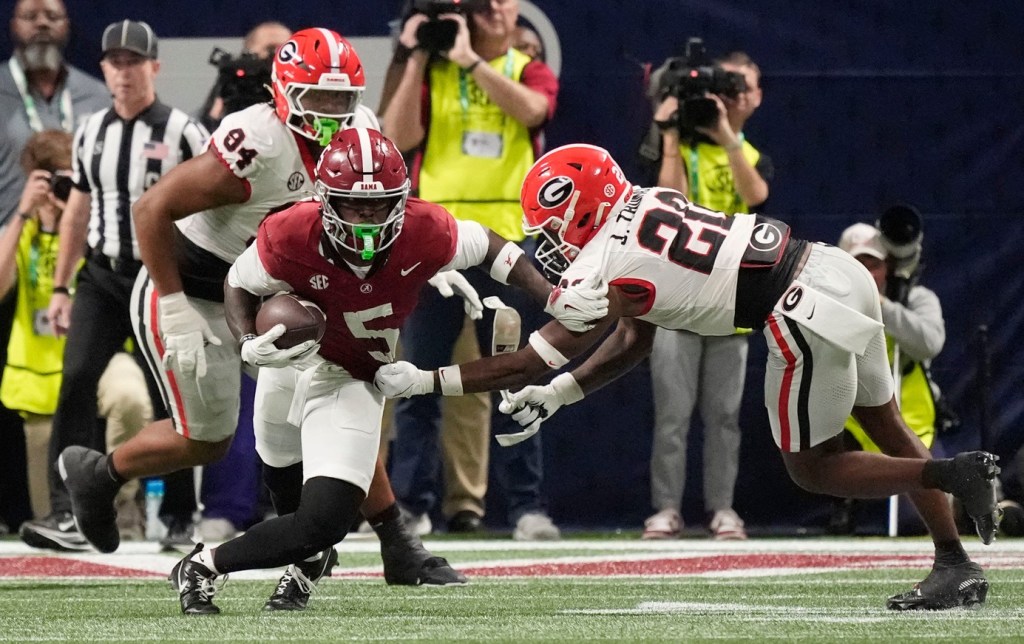When Texas quarterback Quinn Ewers entered college football, he was known as one of the earliest major NIL (name, image, and likeness) earners. He’s chosen to eschew yet another chance at a college payday for the NFL.
Ewers announced Wednesday that he would declare for the 2025 NFL Draft, less than a week after the Longhorns lost in the College Football Playoff semifinals Friday. He’s likely to earn less in his first year in the NFL than he would have if he stayed in college another year.
Ewers reportedly received a $6 million offer if he entered the transfer portal and stayed in college—but he’s unlikely to earn that much in his first year in the NFL.
His draft stock is fuzzy, with one NFL GM projecting him as a top-100 pick to ESPN and another saying he’d fall below that. The 2025 NFL salary cap has not been announced yet, but the slotted contract for the last pick of the first round last year was a four-year, $12 million deal with a $5.8 million signing bonus. That slot value gradually drops with each pick; the No. 100 selection was slotted at a four-year, $5.5 million deal with a $890,000 signing bonus. The last pick of the fourth round received a four-year, $4.5 million deal with a $528,000 signing bonus.
Ewers can and will bolster his NFL earnings with outside endorsements, though many college NIL boosters are really paying top dollar to make sure a player lands with their preferred team.
Ewers’s decision is the exact opposite of many other players in his situation, like Penn State’s Drew Allar, who have opted to exhaust their eligibility given the amount of money they can make while still in college.
Other coveted quarterbacks are earning anywhere from $5 million to $10 million in the current transfer portal. Carson Beck transferred to Miami for a package of deals that, including money from the Miami NIL collective Canes Connection, are worth $10 million, as Front Office Sports previously reported. Michigan’s Bryce Underwood agreed to an eight-figure deal with the Wolverines’ NIL collective that was bankrolled by Oracle billionaire Larry Ellison, as FOS reported.
And the NIL deals are just the beginning. As a result of the pending House v. NCAA settlement proposal approved in April, schools could begin sharing revenue with players as early as this upcoming season. Athletic departments will be allowed to distribute about $20.5 million in total in their first year to all the athletes at their school. Football players are expected to get the lion’s share of that money, though the application of a Title IX gender equity statute could throw a wrench in those plans.
Ewers’s decision marks the end of the road for one of the faces of the early NIL era. He will arguably be remembered for one of the biggest headlines of that period: In 2021, Ewers was a high school student in Texas, which, at the time, had a state law prohibiting high school athletes from earning NIL money. So he decided to reclassify from the 2022 class to the 2021 class, in order to enter college a year early after committing to the Ohio State Buckeyes—and, in turn, earning six to seven figures in NIL money.
Ewers didn’t stay in Columbus for long. He redshirted and joined the Texas Longhorns in 2022, the team he had originally committed to before he flipped to Ohio State out of high school. And while he has helped the Longhorns return to the top of the college football landscape, he was unable to lead them to a national championship appearance.
With Ewers gone, backup Arch Manning is expected to start for the Longhorns in 2025.



